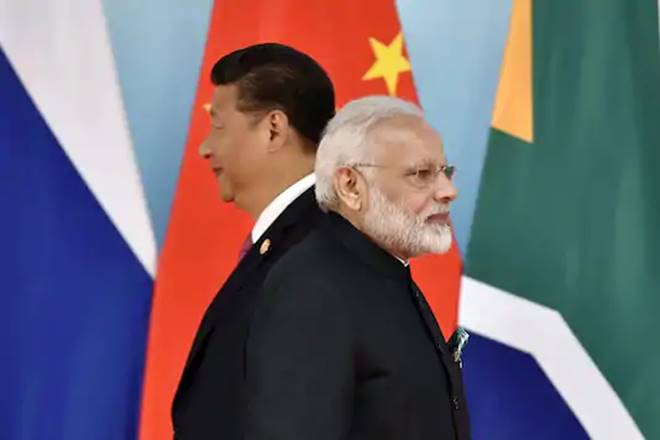The Ministry of External Affairs on Wednesday said that India and China have agreed to ensure expeditious implementation of the understanding on disengagement of troops from eastern Ladakh as decided in a meeting of senior military commanders on June 6..
The two sides held diplomatic talks through video conference on the border standoff in midst of fresh details emerging that China has strengthened its position in several areas in eastern Ladakh including Galwan Valley where a violent clash on June 15 left 20 Indian soldiers dead.
People aware of the development said China has significantly ramped up its military presence in several other key sectors along the Line of Actual Control in Arunachal Pradesh, Sikkim and Uttarakhand.
In a statement after the diplomatic talks, the MEA said the situation in eastern Ladakh was discussed in detail and that the Indian side conveyed its concerns over the violent face-off in Galwan Valley.
“In this regard, it was emphasised that both sides should strictly respect and observe the Line of Actual Control,” it said.
The MEA said the two sides recalled the conversation between External Affairs Minister S Jaishankar and his Chinese counterpart Wang Yi last week, and reaffirmed that the understanding reached during military talks on June 6 on disengagement and de-escalation should be implemented “sincerely”
“The two delegations agreed that implementation of this understanding expeditiously, in accordance with the bilateral agreements and protocols, would help ensure peace and tranquillity in border areas and the development of broader relationship between the two countries,” the MEA said.
The talks were held between Joint Secretary (East Asia) in the Ministry of External Affairs Naveen Srivastava and Director General in the Chinese Ministry of Foreign Affairs Wu Jianghao.
The MEA said the two sides also agreed to maintain communication both at diplomatic and military levels including to resolve the existing situation peacefully.
The talks took place two days after Chinese and Indian armies arrived at a “mutual consensus” to “disengage” from all the friction points in eastern Ladakh.

